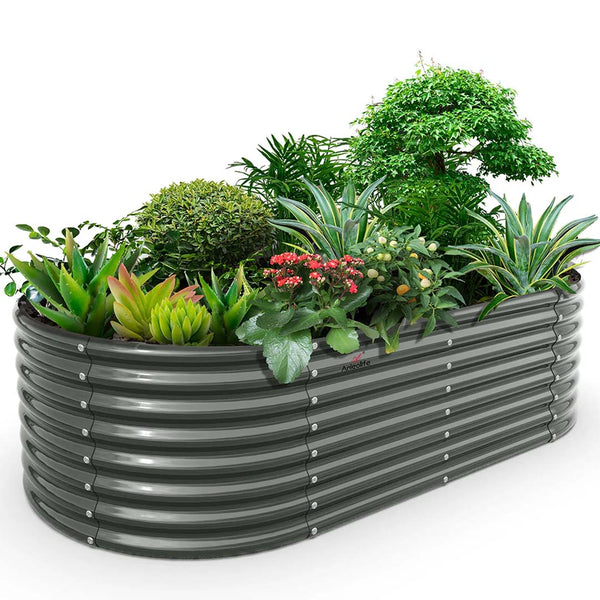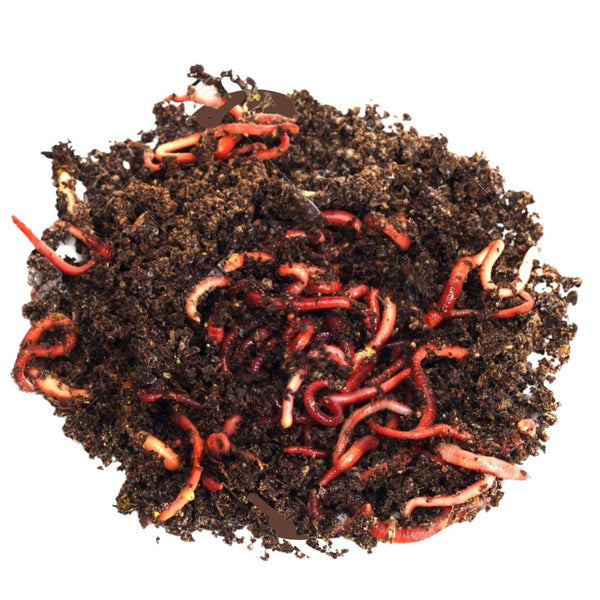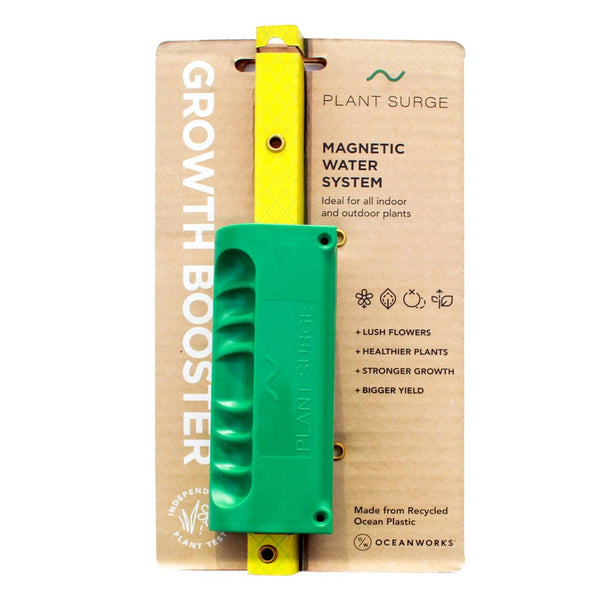The Application Secret: Biochar How To Use Guide That Doubles Its Effectiveness

Introduction to Activated Biochar
Understanding Biochar Basics
Biochar is like gardening magic in a bag. Created through pyrolysis—a fancy term for heating stuff like timber waste or chicken manure without much oxygen—this process turns organic waste into a soil superhero. It’s essentially charcoal made from waste, which is pretty neat when you think about turning trash into treasure. Not only does this fit nicely with the go-green mantra, it also helps give Mother Earth a big warm hug by keeping all that carbon in the ground where it belongs (NC State Extension).
Imagine your garden soil getting an upgrade! We’re talking about a soil improvement that grips onto nutrients and saves water like never before. Depending on what we throw into the pyrolysis mix—be it wood or farm waste—and the toasty temps it hits (between 300°C and 700°C), biochar can change in ways that make it extra awesome. Ending up with over 80% carbon, it's a solid choice for anyone wanting to make dirt work for the planet (RIT Sustainability Institute).
| Characteristic | Description |
|---|---|
| Production Process | Cookin' waste at high temps with low oxygen |
| Carbon Content | Over 80% |
| Primary Benefits | Kicks up soil health, holds onto nutrients, saves water |
Grasping these basics helps us see how biochar can make our gardens grow big and strong. Tag along as we share more about amped-up, activated biochar and reveal ways to make your garden flourish. Check out our other guides to grab all the know-how on biochar use.
Join us in turning your patch of dirt into a powerhouse and help wave the green flag for a better Earth with biochar.
Benefits of Activated Biochar
Using activated biochar in our gardens can lead to impressive gains, making both soil and plants happier. Dive in with us to find out why this magical soil booster is worth its weight in gold.
Water and Nutrient Retention
One of the best things about activated biochar is how it helps soil soak up water and hang onto those precious nutrients for dear life. Think of it as a sponge for your garden.
| Benefit | Description |
|---|---|
| Water Retention | Biochar boosts soil moisture, cutting down on the need for constant watering. |
| Nutrient Retention | It holds onto nutrients, letting plants feast whenever they need to. |
| Long-Lasting | While compost has a short stay, biochar sticks around for centuries. |
Adding activated biochar not only perks up plants but also pitches in with water savings and keeps soil in tip-top shape.
Improved Microbial Community
Activated biochar transforms soil into a paradise for good microbes. These little heroes break down gunk and feed nutrients to plants. They're like a defense force against nasty plant bugs.
| Microbial Benefit | Description |
|---|---|
| Increased Microbial Variety | More different kinds of friendly microbes call activated biochar home. |
| Better Nutrient Recycling | Busy bees of the micro-world break down and spread out nutrients. |
| Healthier Soil | A balanced microbe mix keeps soil and plants thriving. |
More microbes mean better growth and heartier harvests. Some studies even say biochar can boost soil's ability to hold on to cations and potash, both crucial for lush plant growth (NC State Extension).
Using activated biochar is a no-brainer for eco-friendly gardening. It promises lively plants and a nurturing touch for nature. Curious about adding biochar to your gardening playbook? Our biochar guide is just the ticket.
Practical Applications of Activated Biochar
Activated biochar's got a bunch of uses that can help us beef up soil quality like nobody's business, from massive farms to patchy backyard plots. Let's talk about how we can put this wonder stuff to work.

Biochar in Agriculture
Farms have been turning to biochar as their best buddy for keeping water and nutrients locked in and giving soil critters a cozy home. Unlike compost, which is like your friend's dog that chews through toys in a week, biochar sticks around for ages. Once it's in the dirt, we're looking at top-notch soil structure and nutrient goodness sticking around for the long haul.
There was this study in a Sandhills peach orchard which showed biochar sprucing up soil chemistry and boosting potash levels even if you didn't get heaps more peaches (NC State Extension). Whether we’re looking at veggies or fruit, biochar’s got our backs for making sure our fields are more than just patches of dirt and actually do something useful.
| Benefit of Biochar in Agriculture | What It Does |
|---|---|
| Water Holding | Keeps soil moist so we don't have to drown our plants all the time. |
| Nutrient Lock-In | Holds onto stuff plants need to grow big and strong. |
| Boosts Microbes | Helps the little guys in the soil that make it healthier. |
| Lasts Forever | Sticks around way longer than compost. |
Biochar in Gardening
Got a green thumb or at least trying for one? Biochar's here to turn our garden situation up a notch. Throwing it in garden beds or planters turns soil from dirt to a powerhouse of growth.
By working biochar into our backyard projects, we're seeing plants thrive because they're in soil that's like a multi-tool; it holds water, nutrients, and space for roots to stretch out. Our veggies give better returns, and we don't have to hose everything down as much, which is great for those of us on team "save water."
Plenty of plant fans are chucking biochar into their potting mixes or layering it on flower beds to get their blooms and greens thriving. It gives dirt the fluffiness it needs so roots don't feel cramped.
| Benefit of Biochar in Gardening | What It Does |
|---|---|
| Better Soil Structure | Makes dirt not all clumpy, good for roots. |
| More Nutrients | Plants find their grub more easily. |
| Stops Soil from Getting Packed Down | Ensures the soil isn't like concrete. |
| Keeps Microbes Happy | More microbes, happier plants. |
By knowing how to slot activated biochar into both farming and gardening, we can make our plants flaunt their best selves while cutting down on resources. Curious for more tips on using biochar? Check out our biochar for garden or poke around our biochar products.
How to Use Activated Biochar
Using activated biochar in gardening can seriously pump up the health of our soil and the loads we get from our plants. Here, we’ll walk through how we can fit biochar into our soil for top-notch results.
Incorporating Biochar into Soil
Getting the most out of biochar means figuring out the best way to weave it into our soil. Here’s how we can make sure we're doing it right:
Preparation: Before we start, ensure that the biochar's all set and ready, you know, activated or pre-charged. This way, it gets right to work when we add it to our soil.
Mixing: Toss the biochar into the topsoil or compost like you would with chocolate chips in cookie dough. We usually go for a mix where biochar is about 10-20%. This might shift a bit depending on how needy our soil is.
Application: Once we mix it up, spread the biochar-blended soil in our gardens or over potted plants. Pairing it with compost or worm castings can give it an extra boost (biochar for compost).
Watering: Give everything a good soak afterward. This helps the biochar lock onto the soil and kick off the process of keeping water and nutrients around (biochar for garden).
Here’s a quick glance at the process:
| Step | Action |
|---|---|
| 1 | Get biochar ready to roll |
| 2 | Mix biochar (10-20% ratio) with soil or compost |
| 3 | Spread it over gardens or pots |
| 4 | Water it down |
Understanding Application Rates
Knowing how much biochar to use means getting the perks without swamping our soil. Here are a few pointers:
Garden Beds: We suggest adding 1–2 inches of biochar into the top 4–6 inches of soil for our garden beds.
Potted Plants: For pots, we'd mix in something like 10-20% by volume of biochar with our plant dirt (biochar for soil).
Fruits and Veggies: When setting up for fruits and veggies, toss some biochar in the planting hole. This helps keep water and nutrients hanging around.
Keeping Tabs: It's good to keep an eye on soil pH and nutrients from time to time, especially if our biochar swings a bit high on pH. Make sure it’s jiving with what our garden needs (biochar for plants).
| Application Type | Suggested Amount |
|---|---|
| Garden Beds | 1–2 inches mixed into the top 4–6 inches of soil |
| Potted Plants | 10-20% by volume with potting mix |
| Fruits & Veggies | Drop biochar in the planting hole |
Armed with this know-how on using biochar, we’re all set to enrich our soil and boost our botanic bounty. Let's dive into this eco-friendly approach to jazz up our growing zones.
Making Your Own Activated Biochar
Whipping up our own activated biochar is a win-win for our garden! It’s like the gardening world's secret sauce. We’ve got two nifty methods on our hands: building a DIY biochar kiln and making good use of wood ash. Both can work wonders for our soil.
DIY Biochar Kiln
How about turning our backyard into a little eco-friendly factory with a biochar kiln? There are a bunch of pocket-friendly designs floating around the web that walk us through this project step by step. A biochar kiln transforms stuff like wood into charcoal using a neat trick called pyrolysis—fancy word for heating without setting the whole thing ablaze.
Peep these steps to get our DIY biochar kiln up and running:
| Steps | Description |
|---|---|
| 1. Prepare materials | Scrounge up metal barrels, some scrap wood, or anything that laughs in the face of heat. |
| 2. Create a base | Build a sturdy base for the kiln to sit nice and steady. |
| 3. Assemble Kiln | Modify the barrel with some air vents for that low-oxygen magic we need. |
| 4. Fill and ignite | Toss in the biomass and light it up, keeping a close eye till it catches fire the right way. |
| 5. Control airflow | Tweak the air so we get heat but not flames dancing all around. |
| 6. Collect Biochar | Once cooked, let it cool before scooping up our home-grown biochar. |
By sticking to these steps, we craft biochar ready to boost our garden or cozy up with our compost. Hungry for more garden-chatter? Peek at biochar for garden and feed your curiosity.
Using Wood Ash as Biochar Supplement
Let's not let that wood ash from the fireplace go forgotten. Packed with goodies like potassium and lime, it can give our garden a leg up. Pro tip: mix it with compost before tossing it onto the garden—straight ash might shake up the soil pH more than we’d like.
For tuning wood ash into veggie-boosters, here's the lowdown:
| Instructions | Details |
|---|---|
| 1. Gather wood ash | Only the pure stuff, folks. No treated wood or mystery chemicals invited. |
| 2. Add to compost | Mix about a cup of ash into every 5 gallons of compost. |
| 3. Monitor pH Levels | Keep tabs on soil pH to keep it in the happy zone. |
| 4. Use as pest repellent | Sprinkle around our plants to keep crawly critters, like slugs, at bay. |
Wood ash brings those mineral vibes to compost and amps up soil health as it breaks down. For the biochar enthusiasts, check out our deep dive on how biochar mixes with compost over at biochar and compost.
Rolling up our sleeves to make activated biochar feels like joining the sustainable gardening rock stars. Whether we’re building kilns or repurposing wood ash, we’re working small magic to recycle and ramp up our soil’s game.























